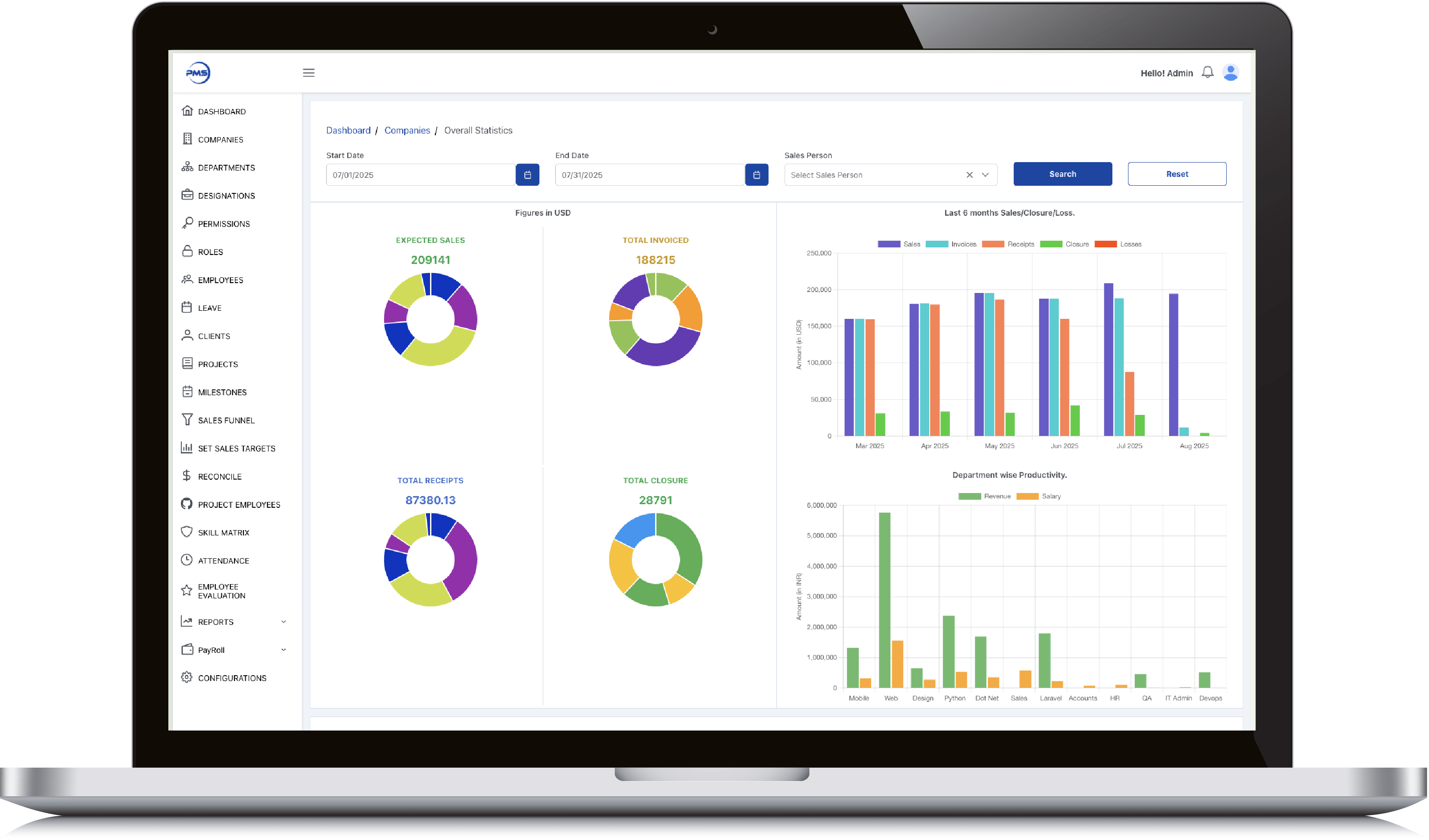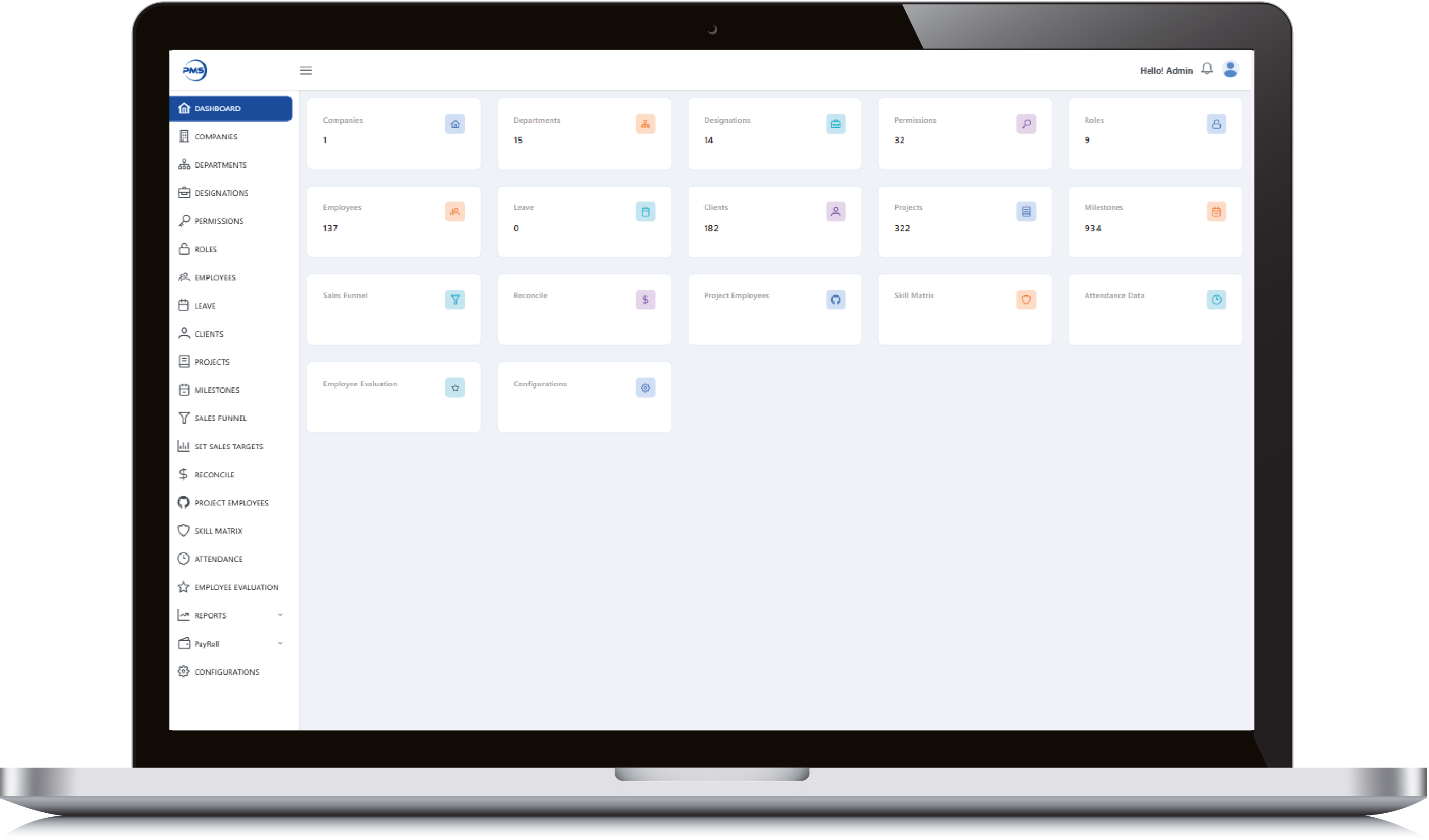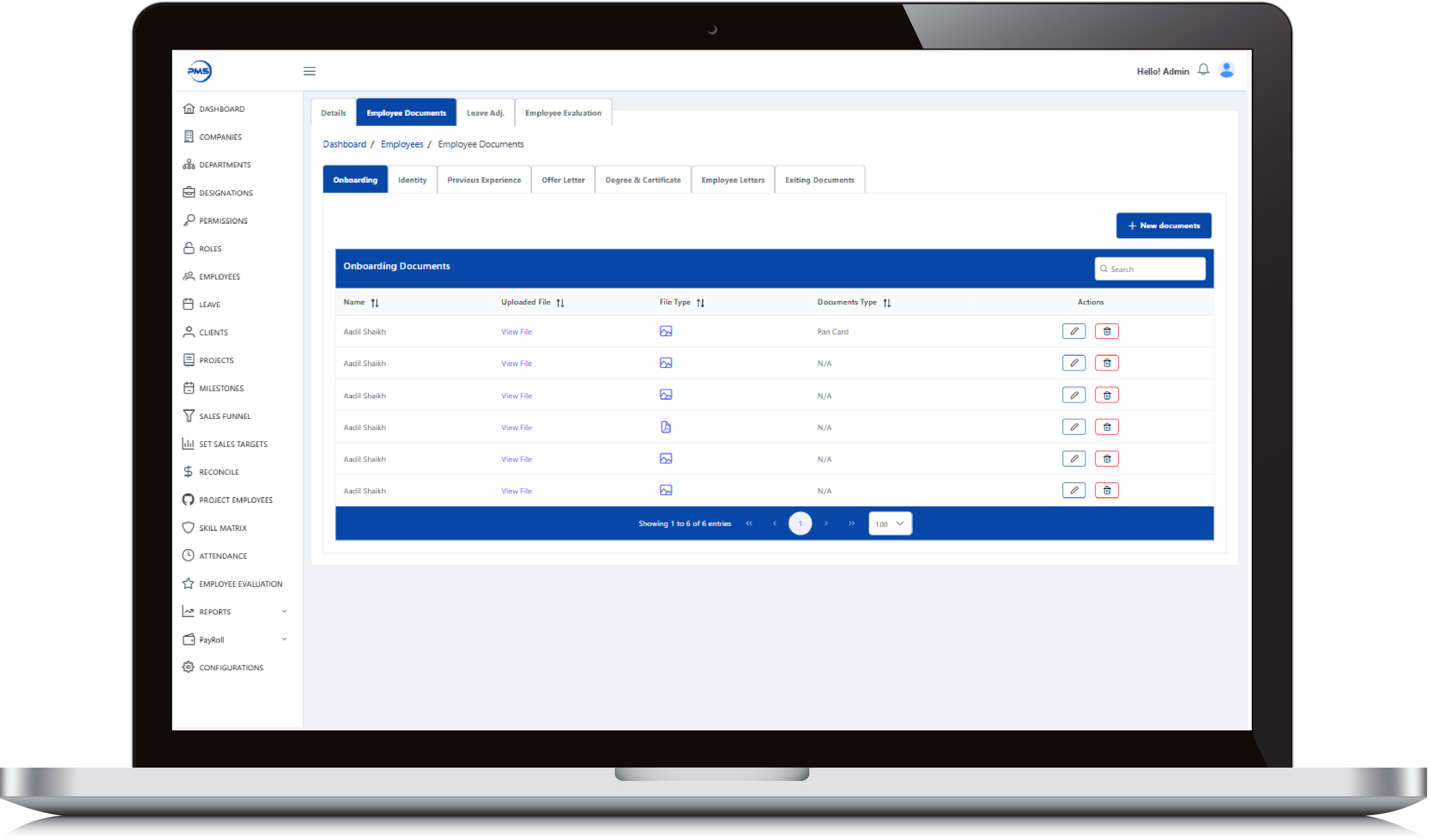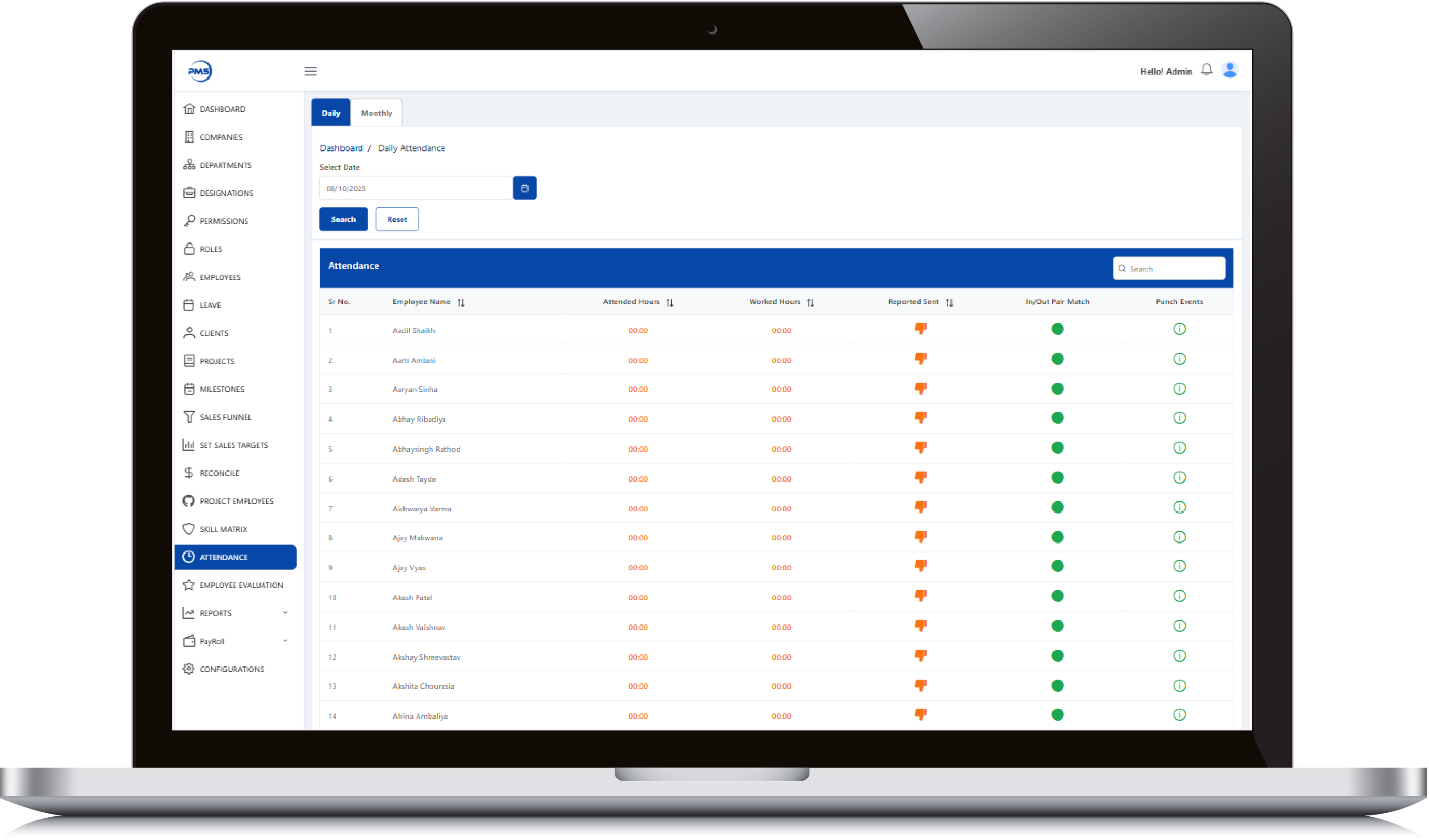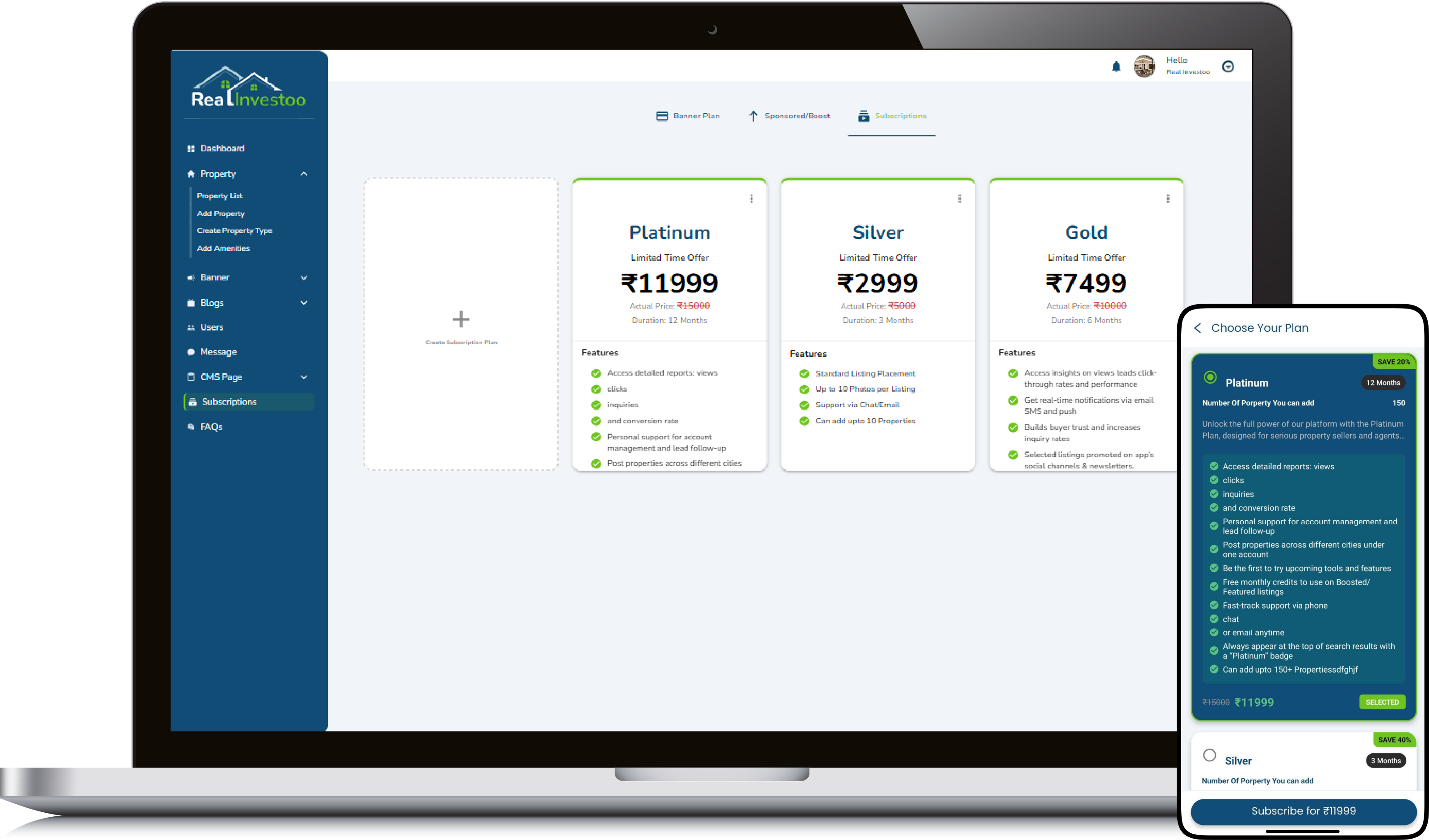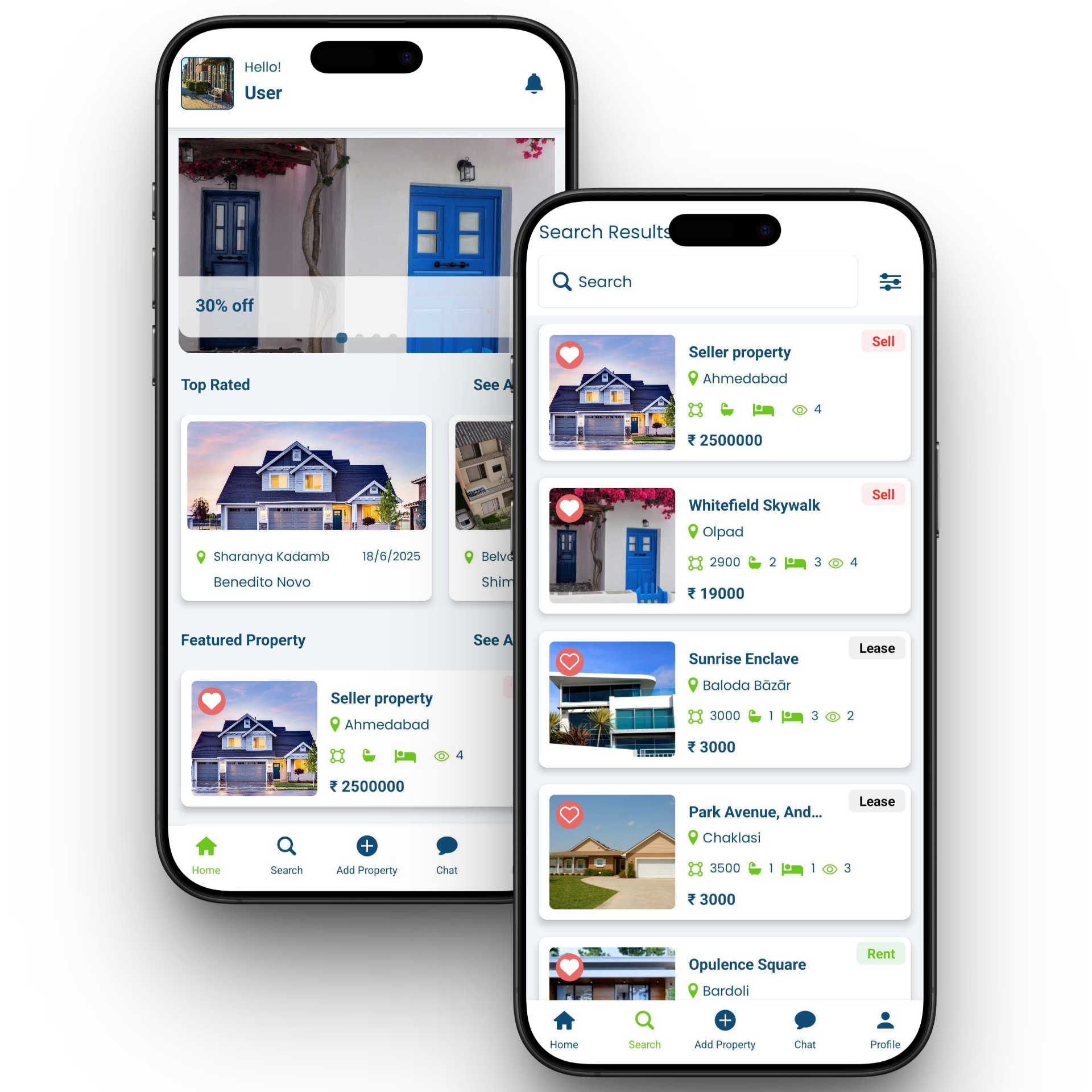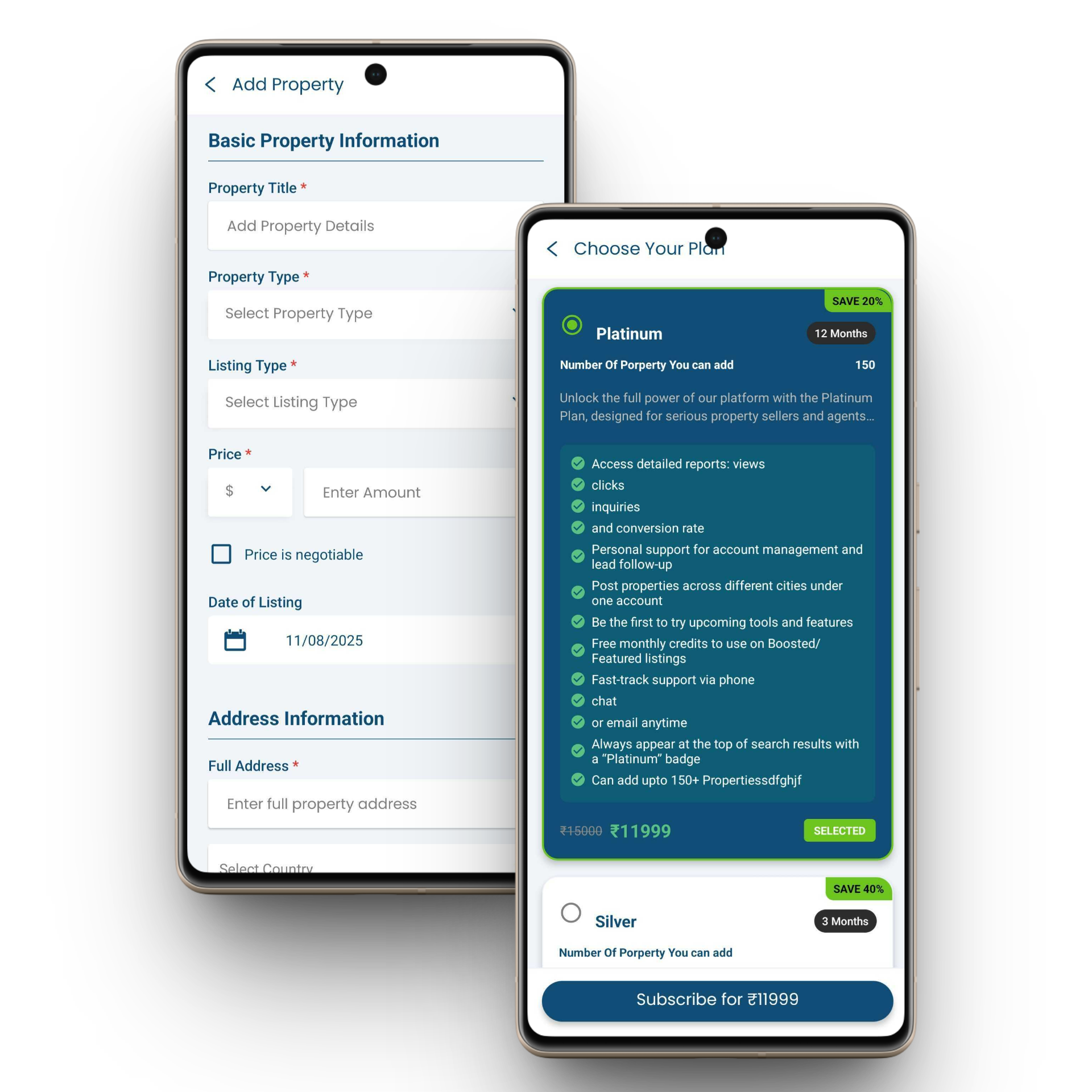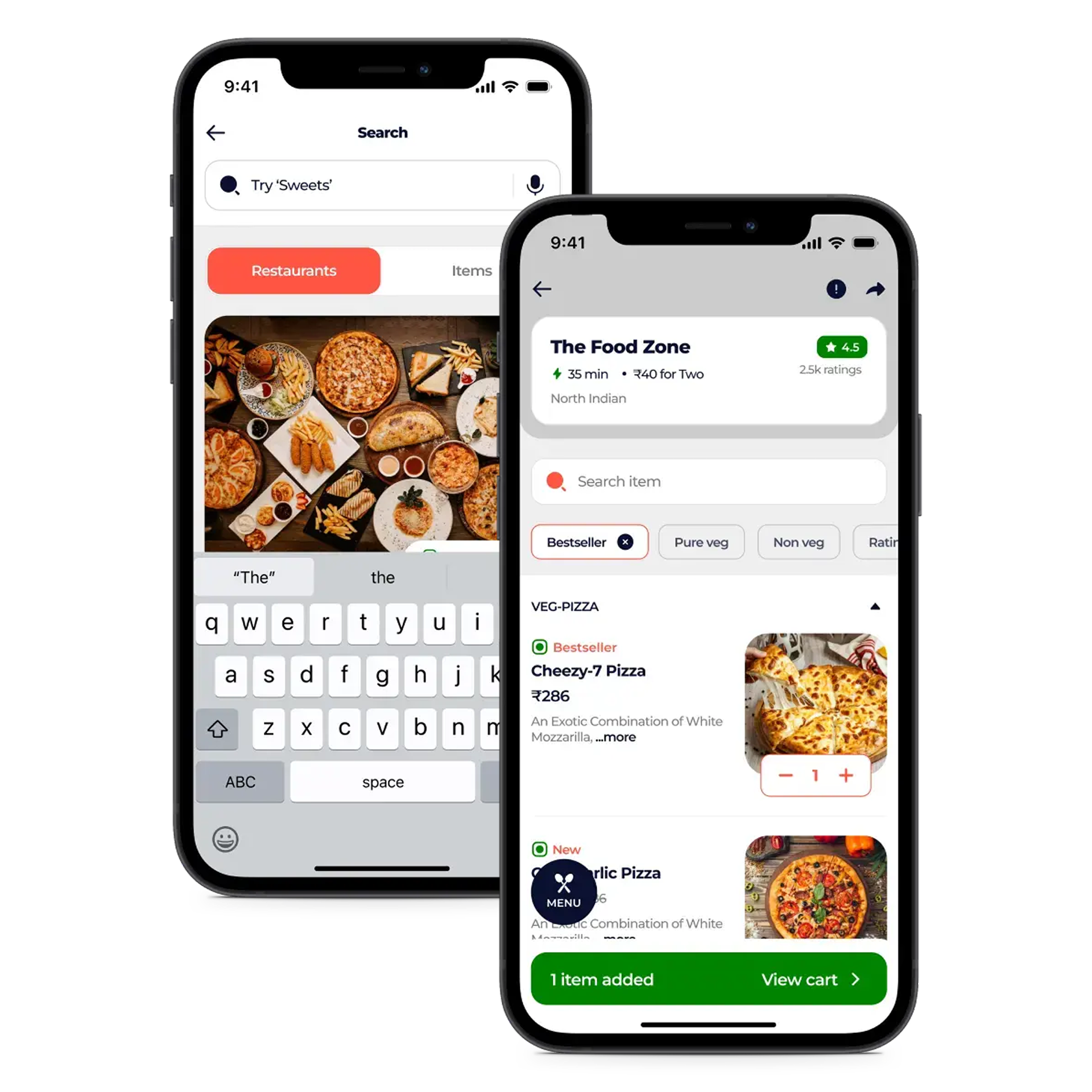Laravel is one of the most popular open-source PHP frameworks known for its clean and expressive syntax and vast ecosystem of tools and libraries. It provides a streamlined and efficient development experience for building web applications, emphasizing code organization, modularity, and scalability. Laravel is a complete framework for building robust and contemporary PHP applications since it includes capabilities like routing, database migration, ORM (Object-Relational Mapping), caching, and authentication.
However, to reap the benefits of this fantastic framework and get the best possible results, a Laravel application must be carefully planned with the help of various Laravel application deployment techniques to move from the development stage to a production environment. BrainerHub Solutions will look at practical ways to deploy Laravel applications with optimum efficiency in this article. We will discuss issues like setting up the environment configuration, version control, CI/CD, cloud deployment, and more. By mastering these techniques, developers can confidently and effectively deploy their Laravel apps, boost their productivity, and improve their Laravel skills.
Version Control
Integrating version control management allows you to boost collaboration, preserve code integrity, and enable seamless deployments in your Laravel project. Here’s the best way to use version control for smooth deployment.
- Use a version control system like Git: Employing a version control system, such as Git, is essential for managing your Laravel source code. Git allows you to track changes, collaborate with team members, and maintain a history of your project’s codebase. It provides features like branching, merging, and reverting changes, ensuring better code management and versioning.
- Adopt branching techniques like GitFlow: GitFlow is a popular branching model that can streamline your development and release cycle. It involves creating different branches for features, bug fixes, and releases. You can maintain a structured codebase by following GitFlow or similar branching techniques.

- Configure repositories appropriately: Set up your version control repositories correctly to promote collaboration and efficient deployments. Organize your branches based on different development environments, such as development, staging, and production. It allows for establishing other transitions between different stages of the development process. Finally, develop appropriate access controls for team members to maintain security and control over the codebase.
Version control makes it simple to manage releases, monitor deployments, undo changes as necessary, maintain configuration files, communicate effectively, and automate your deployment procedure. Start using version control now and experience how version control streamlines development and deployment for your Laravel applications, bringing efficiency, management, and dependability.
Continuous Integration and Deployment (CI/CD)
Implementing automation through CI/CD pipelines is crucial for achieving consistent and reliable deployments of Laravel applications. By integrating popular CI/CD systems like Jenkins, GitLab CI, or Travis CI with your Laravel projects, you can establish automated processes for development, testing, and deployment. CI/CD systems enable faster feedback loops, ensuring that changes to your codebase are quickly validated. Automated testing helps improve code quality by catching bugs and issues early in the development cycle. Additionally, CI/CD pipelines automate the generation of application builds and facilitate deployment to the desired environment whenever changes are pushed to the version control repository. By eliminating manual intervention and reducing the risk of human error, CI/CD pipelines promote uniform and reliable deployment practices. Developers can focus on innovation and value creation; as repetitive tasks are handled automatically. This results in increased productivity, shorter release cycles, and enhanced confidence in the quality of the code. Embracing CI/CD pipelines empowers development teams to streamline processes, respond rapidly to business needs, and consistently deliver high-quality applications. It fosters a culture of automation, continuous integration, and continuous delivery, enabling organizations to stay competitive in the fast-paced world of software development.
Containerization with Docker
Docker provides a practical, user-friendly platform for creating isolated, portable Laravel environments. It enables developers to quickly set up consistent development environments and package applications with their dependencies for seamless deployment. Deploying Laravel using Docker offers numerous benefits, including increased portability, scalability, and consistency across different domains. By creating Docker images tailored explicitly for Laravel projects, developers can ensure that all necessary dependencies and customizations are encapsulated within the container. This eliminates issues related to compatibility and environment inconsistencies, making the deployment process smoother and more reliable.
Additionally, Docker Compose and Docker simplify the management and coordination of containers for both local development and production environments. With a single configuration file, developers can describe and manage all the essential services required for their Laravel application, such as the web server, database, cache, and queues. The streamlined approach provided by Docker simplifies the administration and deployment of Laravel apps in any environment, promoting improved portability, scalability, and consistency. With Docker, developers can easily create and manage isolated settings, ensuring their Laravel applications run consistently and reliably across different systems and setups.

Cloud Deployment
Cloud computing platforms such as AWS and Azure provide significant advantages for deploying Laravel applications, offering practicality, scalability, and reliability. Leveraging cloud-based infrastructure allows for flexible deployment options through serverless architectures, virtual machines, or containers. With cloud platforms, achieving high availability becomes feasible by utilizing features like load balancers and auto-scaling groups. These services dynamically handle fluctuations in traffic, ensuring consistent performance and responsiveness.
Cloud platforms also offer a wide range of services that Laravel applications can leverage to enhance their functionality and efficiency. Laravel applications deployment on cloud platforms can help organizations benefit from the reliability and scalability of these platforms. The robust infrastructure and resources cloud computing offers enable Laravel applications to operate smoothly and effectively, even in demanding circumstances. Cloud computing empowers Laravel installations to take full advantage of the capabilities and resources of platforms like AWS and Azure. This ensures that the applications can deliver optimal performance, scalability, and reliability, efficiently meeting the needs of businesses and their users.
Scaling Considerations
To ensure the success of Laravel apps, scalability plays a vital role in handling growing traffic and workloads effectively. Horizontal scaling strategies are crucial in achieving scalability by distributing the workload across multiple servers or instances. By doing so, Laravel apps can efficiently manage increased demand and handle concurrent requests.
Performance optimization techniques such as caching, database enhancements (indexing and query optimization), and queuing methods for asynchronous task processing further contribute to scalability. These techniques improve resource utilization and enable the smooth handling of multiple concurrent requests. Load balancers and auto-scaling techniques are essential components in enhancing scalability. Load balancers distribute incoming traffic across multiple servers, ensuring efficient resource utilization and preventing overloading. Auto-scaling allows for dynamic adjustment of resources based on demand, automatically scaling up or down as needed. Implementing these scalability techniques lets developers flexibly adapt to the needs of growing user bases and effectively handle increased workloads. This ensures optimal performance and a seamless user experience, even during periods of high demand.
Conclusion
To achieve a seamless and effective transfer from development to production, deploying Laravel apps necessitates careful preparation and deploying several approaches. Developers can accomplish dependable and versatile deployments by utilizing the techniques discussed in the blog. These methods promote portability, uphold uniformity, automate procedures, foster better teamwork, and offer resource management flexibility. Adopting these deployment techniques enables developers to improve productivity, streamline workflows, and produce Laravel apps of the highest caliber.
If you want the best Laravel development company for your project, contact BrainerHub Solutions. BrainerHub Solutions is the leading Laravel company, providing top-notch expertise and unmatched solutions for all your Laravel projects. Take advantage of the opportunity to elevate your Laravel development by hiring BrainerHub Solutions today!
No related posts found.


